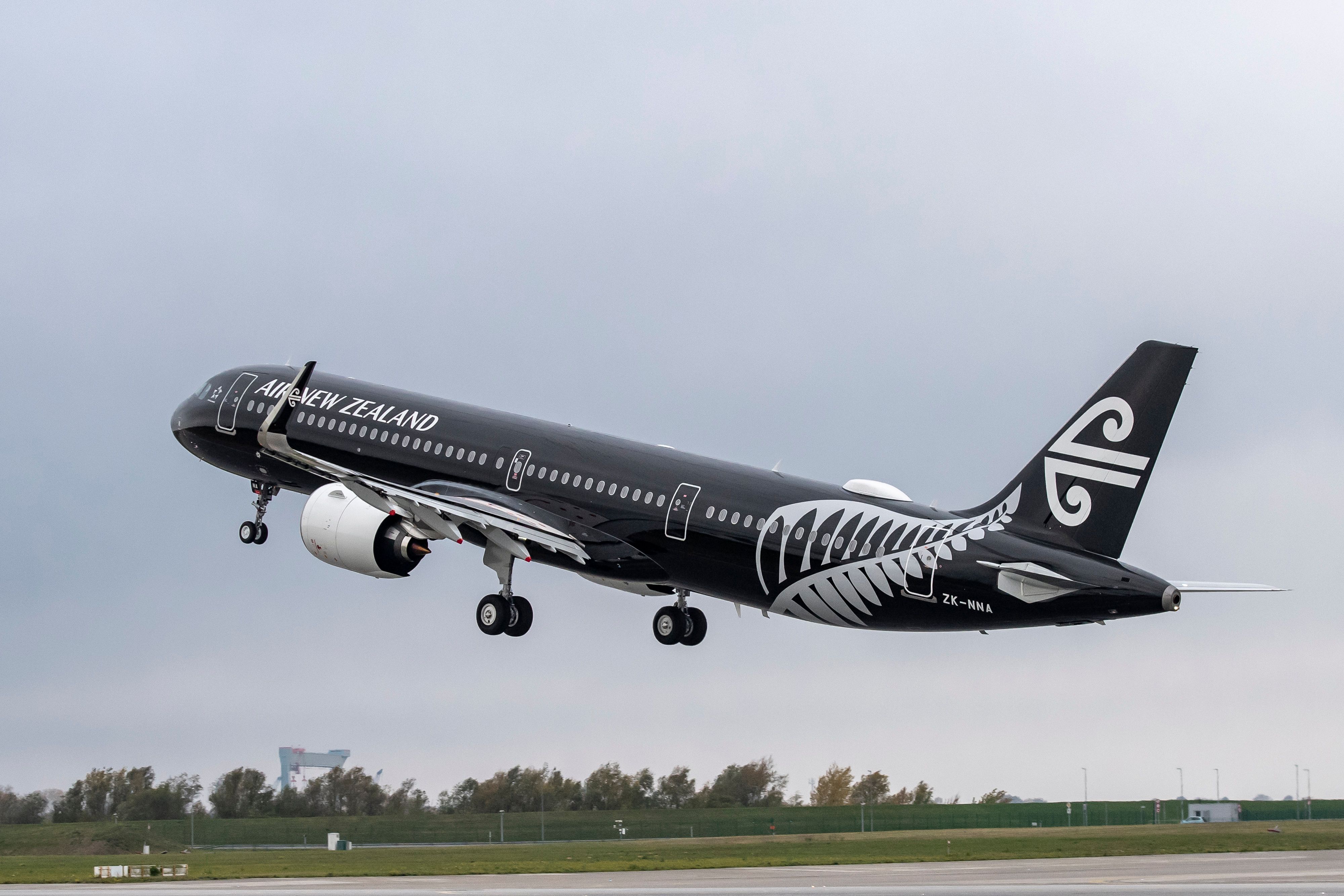Air New Zealand has reported a pre-tax loss of NZ$725 million ($450m) for the year ended June 30, 2022 (FY22). Its financial statements, released yesterday, show a net loss of NZ$591 Million ($366m), more than double last year's net loss of NZ$292 million ($181m). The statutory loss was NZ$810 million ($502m), compared to NZ$415 million ($257m) last year. Operating revenue increased by 9% over FY21, reaching NZ$2.7 billion ($1.67b), driven by gains in air cargo activity.
Air New Zealand (ANZ) said that although the financial year ended strongly, following the phased reopening of borders in early March, its total revenue was "significantly impacted by pandemic-related travel restrictions." The 9% gains from cargo and domestic revenues were lost by high fuel prices and reduced flying for much of the year. During FY22, Air New Zealand carried 6.84 million domestic but only 909,000 International passengers. In 2019 it carried 11.5 million domestic and 6.22 million international. In those two years, total passengers have dropped from 16.97 million to 7.75 million, with 2022 the lowest in the pandemic era.
The CEO says it's time to thrive
The largest international flows have always been between New Zealand and Australia and the Pacific Islands, but with those countries enduring strict and prolonged lockdowns, even that market evaporated. On those routes in 2019, ANZ carried 4 million passengers, but by 2022 that had dropped to 734,000. The extent of New Zealand's lockdown pain is highlighted by ANZ carrying 6.84 million domestic passengers in 2022, compared to 11.51 million in 2019. The airline has adopted a 'survive, revive, thrive' approach to the pandemic, with CEO Greg Foran saying it is currently firmly in the 'revive' phase. He added that the current environment is one of "strong bookings despite ongoing challenges."
"For customers, we've been focused on restoring services, maintaining a choice of fares and launching innovations to improve their journey with us. For our amazing staff, we have provided one-off awards to acknowledge their continued extra mahi [work] and for our communities, we've been obsessed with operational performance, which drives the reliable services they depend on."
The B777-300ERs are coming back to the NZ skies
This month ANZ reduced seats by 1.5% until the end of March 2023, which it described as doing the right thing for stakeholders. It has operated more than 25,000 flights across June and July and returned many of its widebody Boeing B777-300ERs to service. At the end of June, Air New Zealand had seven B777-300ERs in-service with average daily utilization of 9:30 hours. It also operated 14 Boeing B787-9s, 13 Airbus A320/21neos and 18 A320ceos, 29 ATR 72-600s and 23 Bombardier Q300s. It is preparing for the September launch of its Auckland to New York (JFK) flights, a route Qantas announced yesterday, and designing a new cabin experience for its B787 Dreamliners.
Find more aviation news here!
As with so many airlines, substantial air cargo revenue has helped keep Air New Zealand afloat during the COVID era. In FY22, cargo revenue grew by 32% to NZ$1 billion ($620 million), up from NZ$390 million ($241m) in 2019. To support airfreight activity, New Zealand and Australian governments implemented schemes that contributed NZ$403 million ($250m) of that revenue. With borders reopened, the Australian scheme has ended, and the New Zealand scheme is tapering off and will cease by the end of March next year. The airline does not indicate the impact of that on its FY23 performance.
ANZ expects flying capacity in FY23 to be around 75% to 80% of pre-COVID levels, and on that basis, it anticipates a "significant improvement in financial performance relative to the financial year 2022."




-ZK-OKN.jpeg)